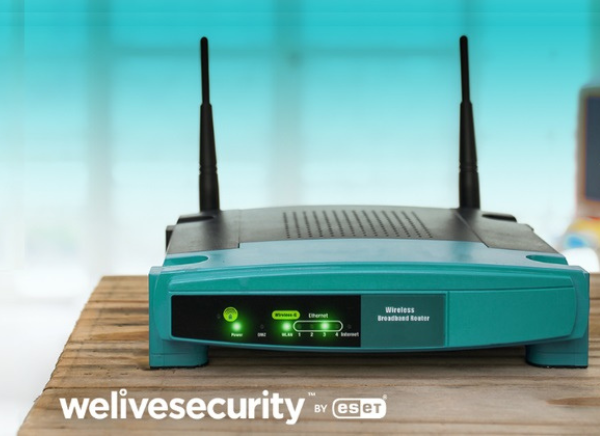
ESET unveiled new research into corporate network devices that were disposed of and sold on the secondary market. After looking at configuration data from 16 distinct network devices, ESET found that over 56% – nine routers – contained sensitive company data.
Of the nine networks that had complete configuration data available:
“The potential impact of our findings is extremely concerning and should be a wake-up call,” said Cameron Camp, the ESET security researcher who led the project. “We would expect medium-sized to enterprise companies to have a strict set of security initiatives to decommission devices, but we found the opposite. Organizations need to be much more aware of what remains on the devices they put out to pasture, since a majority of the devices we obtained from the secondary market contained a digital blueprint of the company involved, including, but not limited to, core networking information, application data, corporate credentials, and information about partners, vendors, and customers.”
Organizations often recycle aging tech through third-party companies that are charged with verifying the secure destruction or recycling of digital equipment and the disposal of the data contained therein. Whether an error by an e-waste company or the company’s own disposal processes, a range of data was found on the routers, including:
“There are well-documented processes for proper decommissioning of hardware, and this research shows that many companies are not following them rigorously when preparing devices for the secondary hardware market,” said Tony Anscombe, Chief Security Evangelist at ESET. “Exploiting a vulnerability or spearphishing for credentials is potentially hard work. But our research shows that there is a much easier way to get your hands on this data, and more. We urge organizations involved in device disposal, data destruction, and reselling of devices to take a hard look at their processes and ensure they are in compliance with the latest NIST standards for media sanitization.”
The routers in this research originated at organizations ranging from medium-sized businesses to global enterprises in a variety of industries (data centers, law firms, third-party tech providers, manufacturing and tech companies, creative firms, and software developers). As part of the discovery process, ESET, where possible, disclosed the findings to each identified organization – several of them household names – collaborating to ensure they were aware of the details potentially compromised by others in the chain of custody of the devices. Some of the organizations with compromised information were shockingly unresponsive to ESET’s repeated attempts to connect, while others showed proficiency, handling the event as a full-blown security breach.
Organizations are reminded to verify that they are using a trusted, competent third party to dispose of devices, or that they are taking all the necessary precautions if handling the decommissioning themselves. That should extend past routers and hard drives to any device that’s part of the network. Many organizations in this research probably felt that they were contracting with reputable vendors, but their data still leaked. With this in mind, it’s recommended that organizations follow the manufacturer’s guidelines for removing all data from a device before it physically leaves their premises, which is a simple step that many IT staff can handle.
Organizations are reminded to treat disclosure notifications seriously. Doing otherwise may leave them vulnerable to a costly data breach and significant reputational damage.
At RSA 2023, Camp and Anscombe will present this research at the presentation “We (Could Have) Cracked